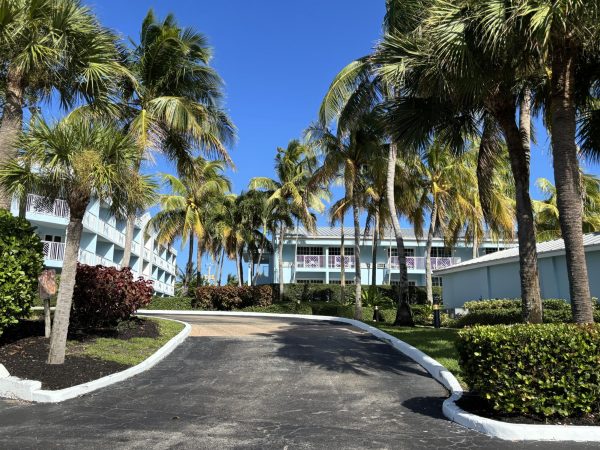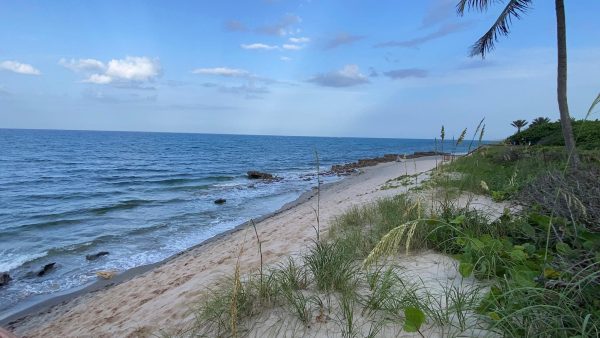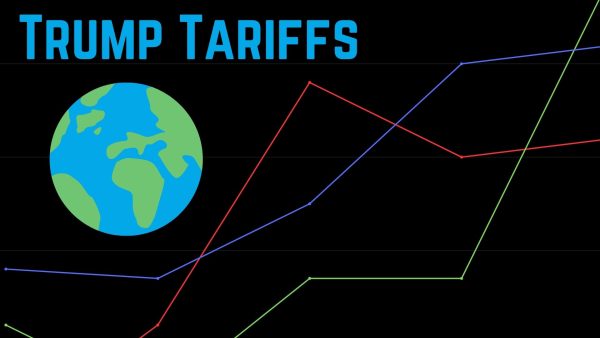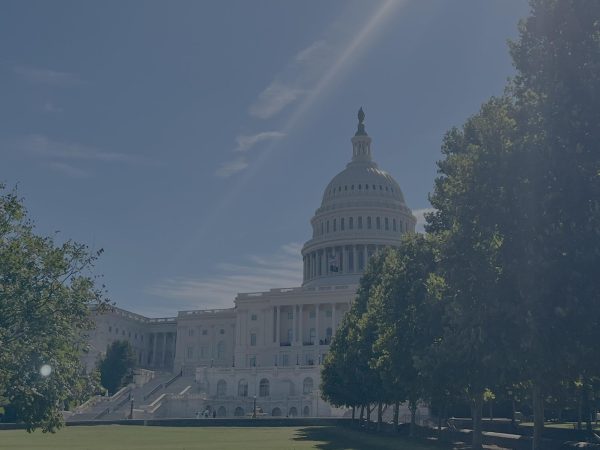COVID-19 vaccine to be administered to millions of Americans
U.S. families are hoping for a return to normalcy since the first doses of the COVID-19 vaccine shipped on Dec. 13.
Although vaccines generally require years of research and testing before reaching clinical trials, the head of the U.S. Coronavirus Vaccine Program predicted the first Americans may receive one as soon as Dec. 11.
The first doses of the vaccine were loaded onto cargo planes in Kalamazoo, Michigan to be delivered to sites in every U.S. state on Dec. 13. About three million doses were shipped, the majority of which will arrive on Tues., Dec. 15.
This may be the beginning of the end of the COVID-19 pandemic, as some vaccines prove to have efficiency rates as high as 90 percent and above.
In Nov., American pharmaceutical company, Pfizer, produced a vaccine that showed to be 95 percent effective in preventing COVID-19 and requires two doses. They submitted an application for its emergency authorization in the US. Pfizer hopes to produce as many as 50 million doses of this vaccine by the end of this year.
Achieving an efficiency rate of 95 percent isn’t ordinary; this vaccine has been described as possibly one of the most effective ever.
A Food and Drug Administration vaccine advisory committee will meet to decide whether the vaccine should be authorized on Dec. 10.
The pharmaceutical company Moderna is also seeking approval for their nearly 95 percent effective vaccine in the coming weeks.
It is still unclear how long the vaccine will protect us from the virus and if it’ll stop us from transmitting it. However, with this high level of efficiency, scientists claim the U.S. could achieve “true herd immunity” in May of next year if 70 percent of the population was to receive a vaccine.
Since doses will be limited at first, the U.S. government has requested proposals from state health departments on how they plan to distribute the vaccines. It is strongly recommended that priority be given to those most at risk, such as healthcare workers, first responders and the elderly, which includes people aged above 65.
The vaccines will be deployed as they become available, since manufacturing won’t produce enough doses to meet this year’s demand. It is likely the majority of Americans won’t have access to the vaccine until spring of next year, at the earliest.
The first vaccine safety trials in humans began in March. As of now, 55 are being tested on humans, and 13 have reached the final stages of testing.
Even after the long-awaited release of the vaccine, scientists say we’ll still have to apply public health measures to contain the virus; wearing masks, avoiding gatherings and staying a respectful six feet apart from each other will still be as important then as it is now.






